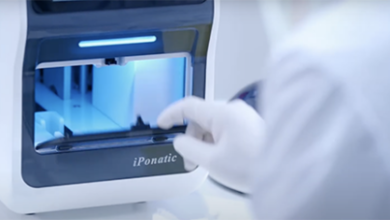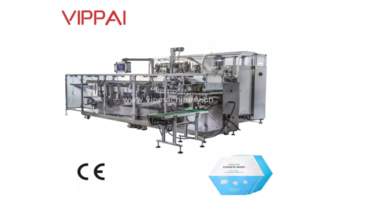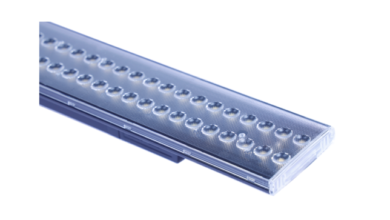Understanding CNC Systems: The Heart of Modern Manufacturing

Nowadays, control, accuracy, speed and application of technologies within the manufacturing process are of great importance for manufacturing high quality products on the fast and at the same time relatively cheap. Iridescent within these progressions are CNC systems that have changed the face of virtually every industry from automotive, aircraft, electronics to other industries.
What is CNC?
CNC System are a type of mechanical control system whereby human controlled mechanics are substituted with computer controlled mechanics that direct a particular tool in accomplishing a particular activity. Such activities may include milling, drilling, turning and grinding which are standard and important operations in the current production processes. The characteristic that makes CNC systems phenomenal is that they can perform intricate and cyclical activities with uniformity and accuracy while nearly excluding the input of any human being.
In the heart of CNC technology, the inputs are in the form of numeric instructions traditionally known as G-codes. These codes determine concentration, and other essential factors required to manufacture a part or product. CNC system programs are typically developed using specialized software that results in coding up a design specification into the language understandable by the device.
Types of CNC Machines
CNC systems encompass a variety of machine types designed for different purposes:
- CNC Milling Machines: These are applied for milling purposes- to cut, drill and shape them like metals, plastics, or even woods. In a CNC milling machine, the tool involves rotation and several axes of linear motion in order to accomplish its function.
- CNC Lathes: Lathes are mainly employed on turning operations which are those operations that involve the rotation of material upon which some other cutting tool is then used to remodel it into cylindrical shapes.
- CNC Routers: These are essentially used in cutting of woods, plastics and other composite material through an operation that is similar to that of the CNC milling machines but made to cut large and flexible pieces of materials.
- CNC Plasma Cutters and Laser Cutters: These machines are utilised for cutting metals with the highest accuracy using plasma or lasers, perfect for thin-sheet metals.
- CNC Electrical Discharge Machines (EDMs): These are used for cutting and shaping of hard metals and for example in mold making applications or manufacture of tools.
Advantages of CNC Systems
The rise of CNC systems has brought about numerous benefits to industries across the globe:
- Precision and Accuracy: Canned Numerical Control systems can be very precise when it comes to performing a given task that can be as accurate as a thousandth of an inch or even less. It is most important where tolerance levels are significant, for example aerospace or highly specialized medical equipment.
- Increased Efficiency: It also reduces the amount of fatigue a machinist may have while operating the machine for several hours, which boosts efficiency once the CNC machine is programmed. It also minimises errors that would otherwise accompany the process if the same operation has to be performed over and over again.
- Automation: CNC systems tend to eliminate the use of manpower thereby reducing the use of manpower, thereby reducing the possibility of workers being injured while on duty. They can be required primarily at the beginning of the process or during the monitoring as well as maintenance phase.
- Complexity in Production: CNC systems make it possible to produce steam precision and accuracy in parts that would be difficult to produce using conventional manual machines.
- Flexibility: Most of the CNC machines are capable of machining a huge number of materials such as metal, plastic and composite materials. This makes them applicable in a wide range of industries and uses.
The Future of CNC Systems
The CNC systems also remain an area of growth, especially mainly in relation to artificial intelligence and machine learning. These technologies are being incorporated in CNC machines to make them more versatile, less reliant on operator interference, and to provide reliable advance notification of when maintenance needs to be undertaken.
Conclusion
Modern manufacturing is hardly conceivable without CNC systems that have proved to be extremely accurate, fast and very versatile. They remain influential globally in the manner they influence industries and offer firms the means of coping up to the increased demands of the international market. CNC systems will continue to be an important aspect of industrial advancement; as technology continues to be advanced, even more sophisticated products will be developed faster and with greater precision than before.





